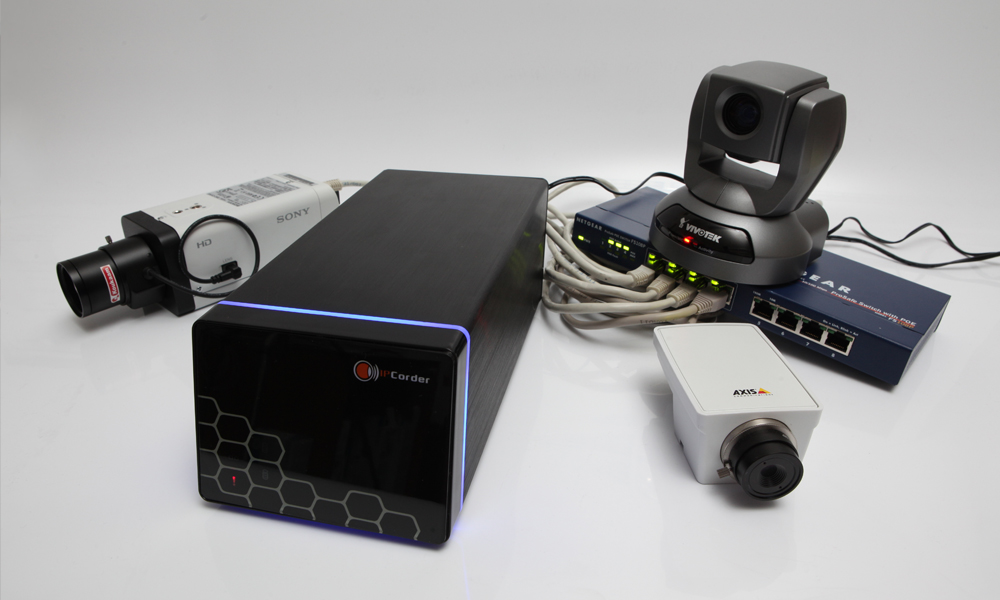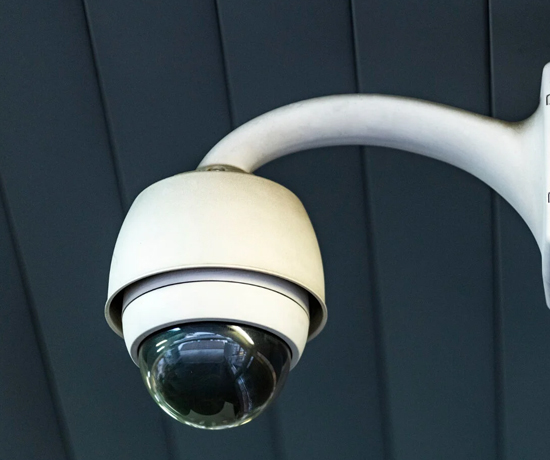IP base cctv camera system
An IP-based CCTV camera system refers to a surveillance setup that uses Internet Protocol (IP) cameras to capture and transmit video data over a network (like an Ethernet or Wi-Fi network). Unlike traditional analog systems, which use coaxial cables and DVRs (Digital Video Recorders), IP systems rely on network video recorders (NVRs) and can send video signals digitally over a local area network (LAN) or the internet. Here are the main components and benefits of an IP-based CCTV camera system:
Key Components:
1. IP Cameras:
- These cameras have built-in network functionality, allowing them to transmit video data over a network.
- They come in various resolutions, such as 1080p, 4K, and sometimes even higher, providing clearer and more detailed images compared to analog systems.
- They can be wired (Ethernet) or wireless (Wi-Fi), depending on the setup.
2. Network Video Recorder (NVR):
- An NVR records and stores footage from the IP cameras. It is similar to a DVR but designed for IP-based systems.
- NVRs are typically connected to the network and manage multiple cameras, allowing for centralized video storage and access.
3. PoE Switch (Power over Ethernet):
- A PoE switch delivers both power and data to the IP cameras over a single Ethernet cable, simplifying wiring and installation.
- This is especially helpful in areas where power outlets are scarce or difficult to access.
4. Cables (Ethernet/Wi-Fi):
- For wired setups, Cat 5e or Cat 6 Ethernet cables are commonly used to connect IP cameras to the NVR and network.
- For wireless setups, Wi-Fi or other wireless technologies can be used, though these systems may have limitations on range and bandwidth.
5. Monitors or Viewing Devices:
- The live feed and recorded footage can be accessed via a computer, mobile device, or dedicated monitor.
Benefits of an IP-Based CCTV System:
1. Higher Resolution and Image Quality:
- IP cameras often support higher resolutions than analog systems, providing superior clarity, which is especially useful for identifying individuals or reading license plates.
2. Remote Access:
- You can access live video streams or recorded footage from anywhere in the world through the internet using smartphones, tablets, or computers.
3. Scalability:
- IP systems can be expanded easily by adding more cameras and network devices. This is a major advantage over analog systems, which can be more difficult to scale.
4. Flexible Installation:
- Since IP cameras can be connected via Wi-Fi, they offer more flexibility in terms of placement without needing a complex wiring setup.
5. Advanced Features:
- IP cameras often come with additional features such as motion detection, face recognition, audio recording, and more sophisticated analytics (like object tracking or intrusion detection).
6. Improved Storage and Data Management:
- With IP cameras, footage can be stored on the NVR, network-attached storage (NAS), or cloud storage, allowing for centralized data management and backup.
Types of IP Cameras:
- 1. Dome Cameras: Ideal for indoor use, with a discreet design and often vandal-proof.
- 2. Bullet Cameras: Typically used for outdoor applications and provide a long-distance view.
- 3. PTZ Cameras (Pan-Tilt-Zoom): Allow for remote control of camera movement and zooming, which is useful for monitoring larger areas.
- 4. 360° Cameras: Capture a full panoramic view without the need for panning or tilting.
Considerations for Setting Up an IP CCTV System:
Bandwidth: Ensure your network can handle the video stream data, especially with high-resolution cameras.
Power Supply: Decide if you'll use PoE switches or separate power adapters for each camera.
Storage Capacity: Depending on the number of cameras and resolution, you'll need sufficient storage space for recorded footage, either on an NVR or cloud.
Security: Since IP cameras connect to a network, it's important to secure the network and cameras to prevent unauthorized access or hacking.





